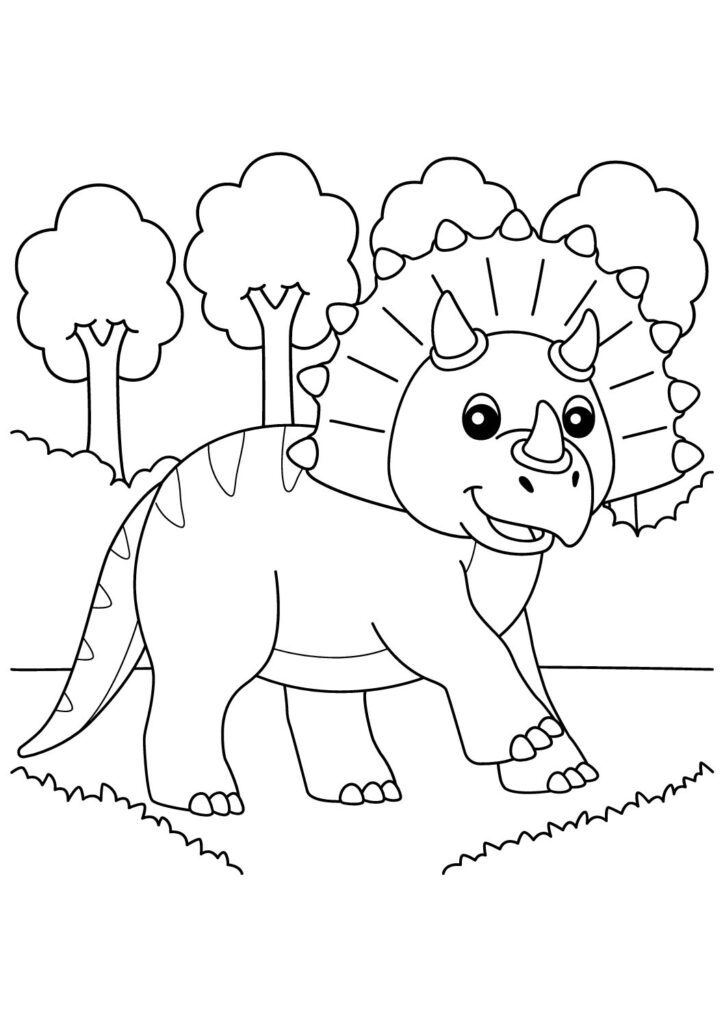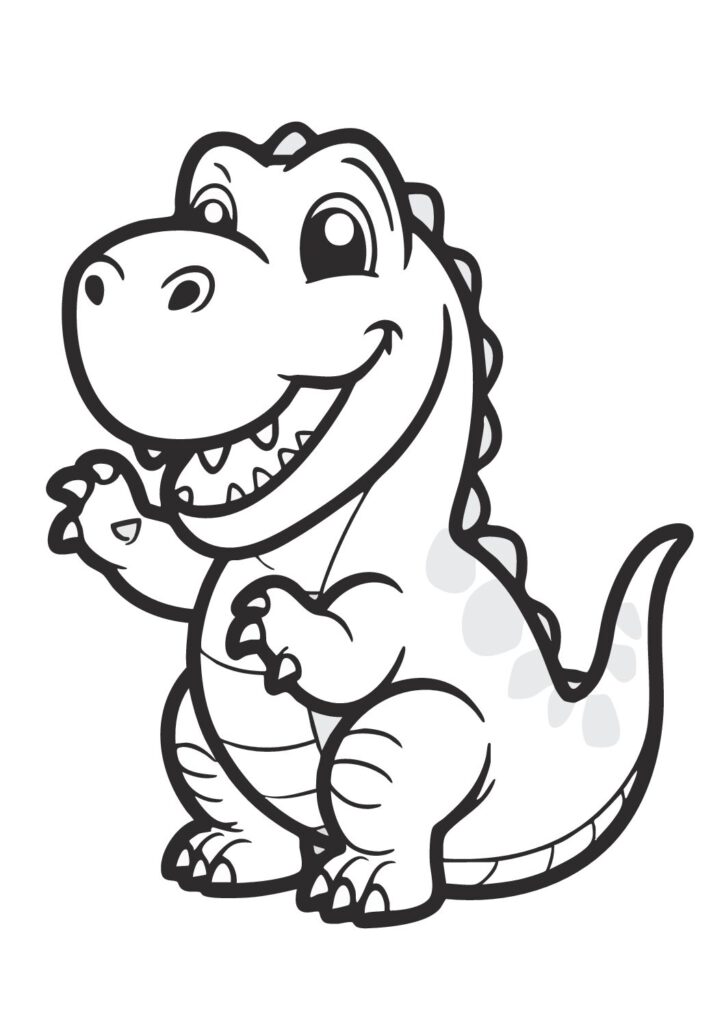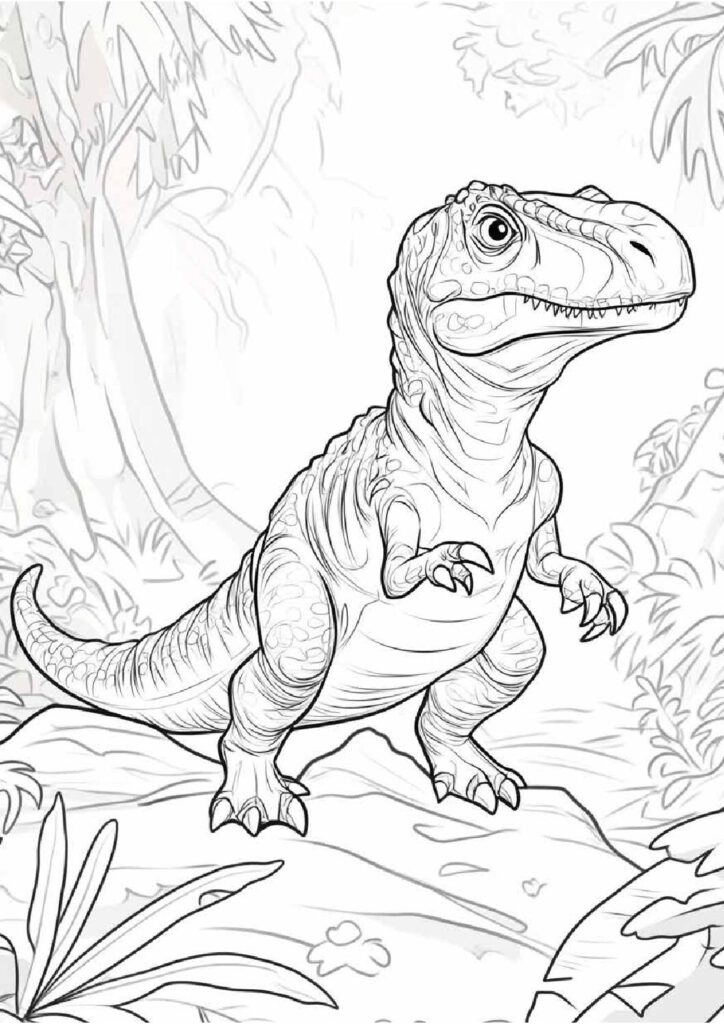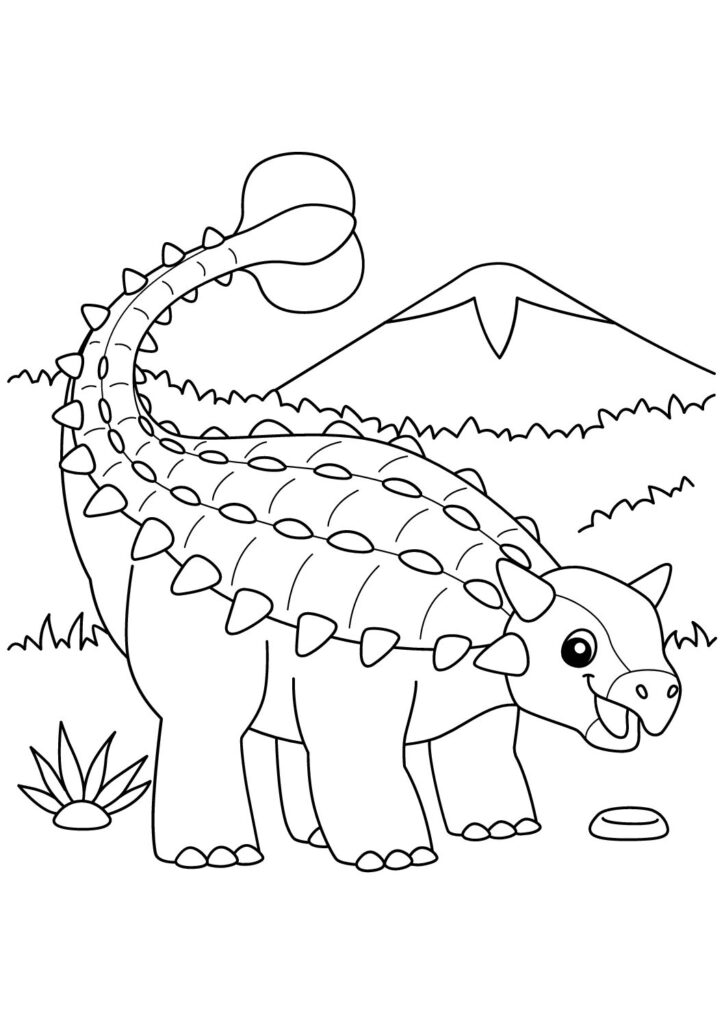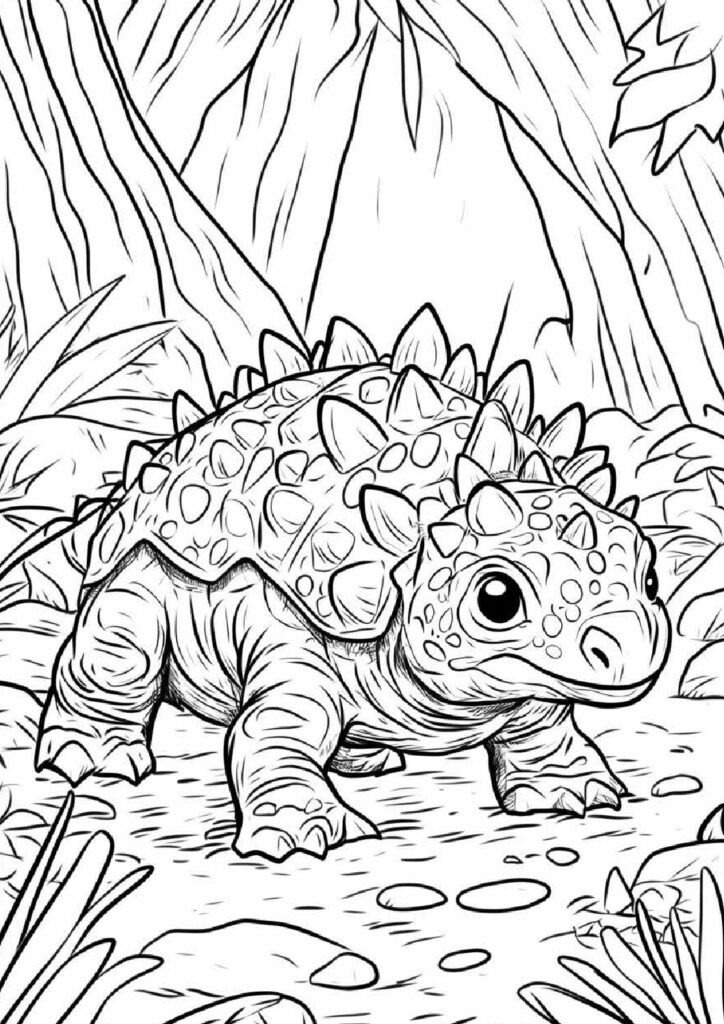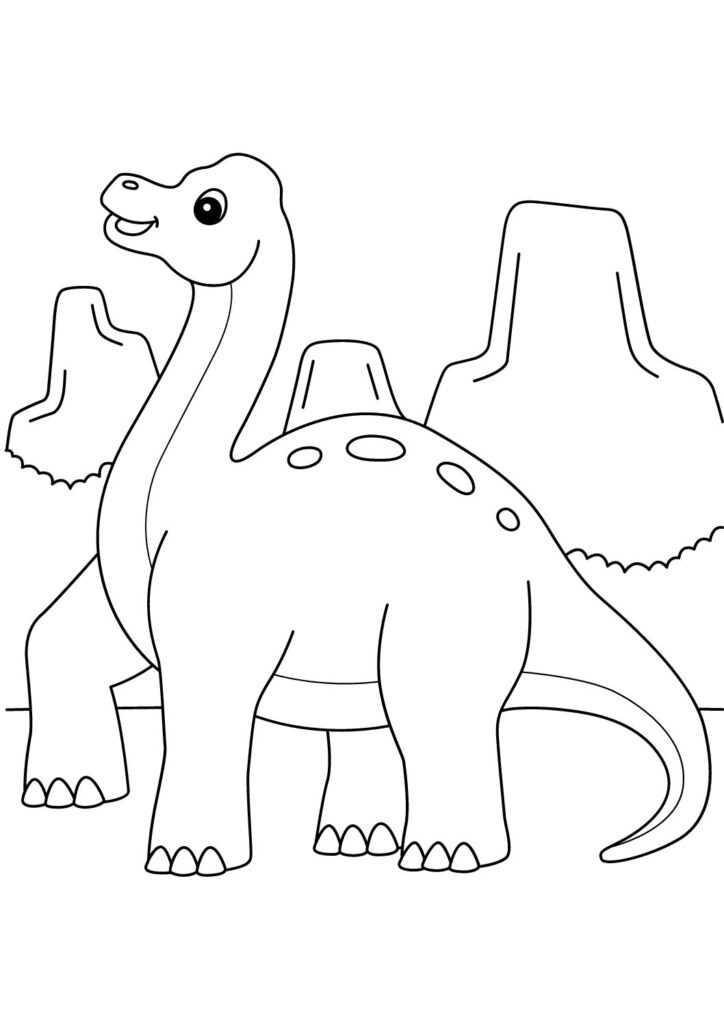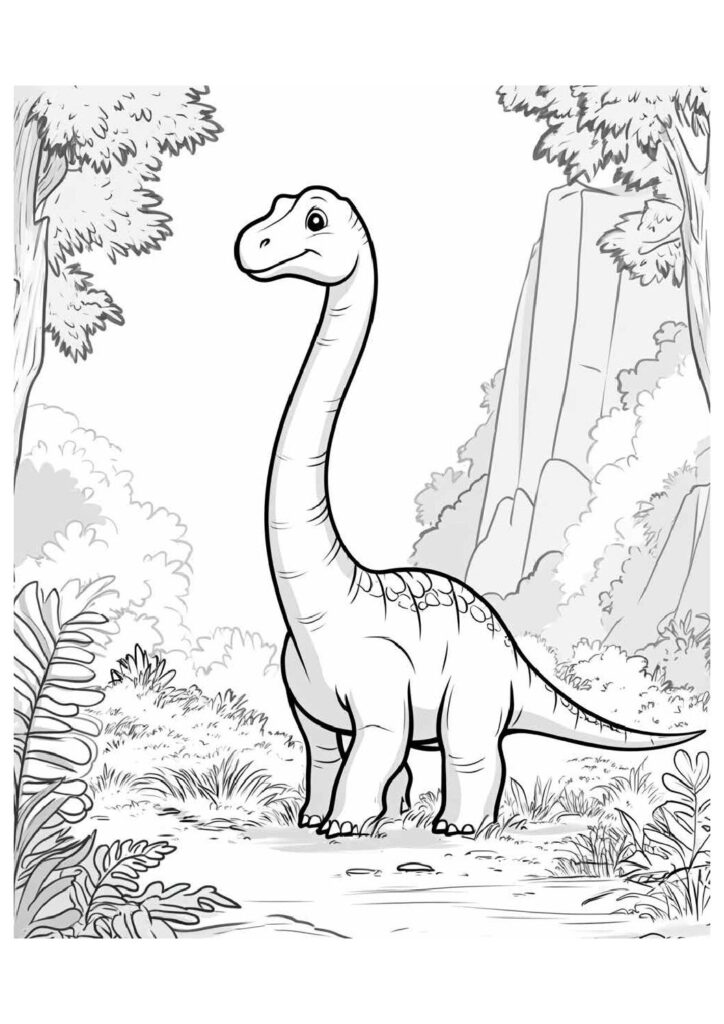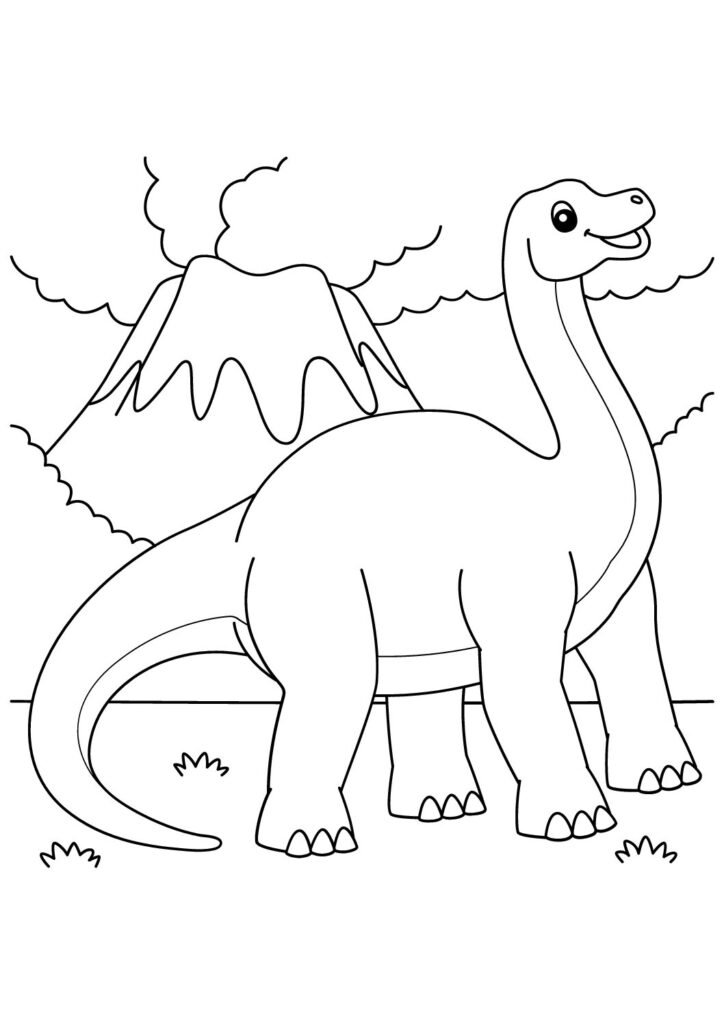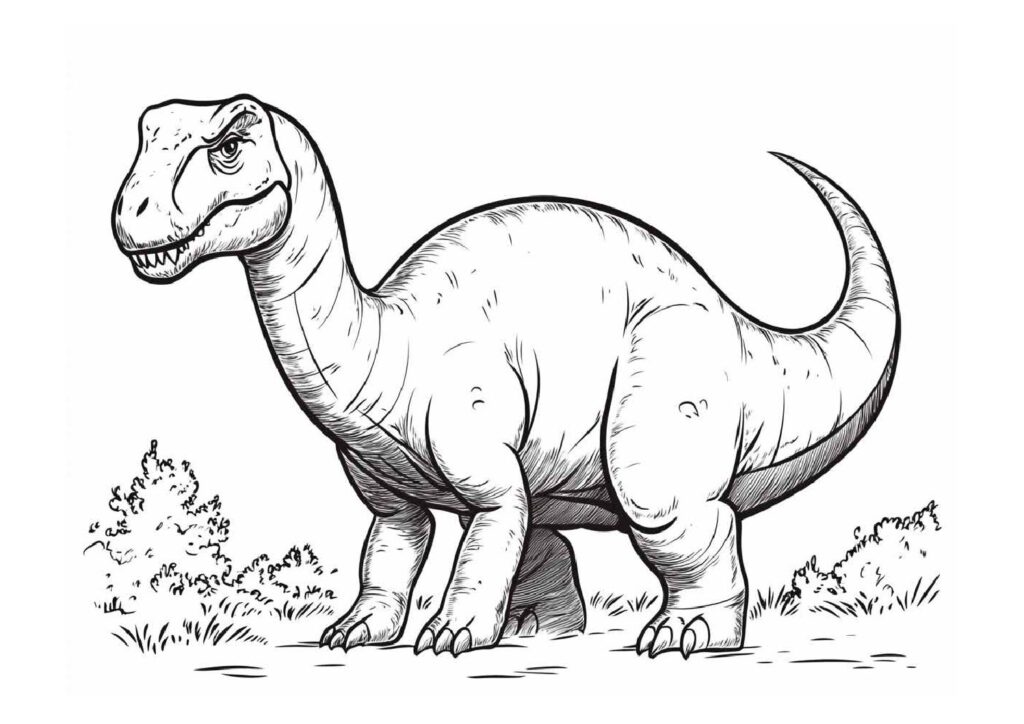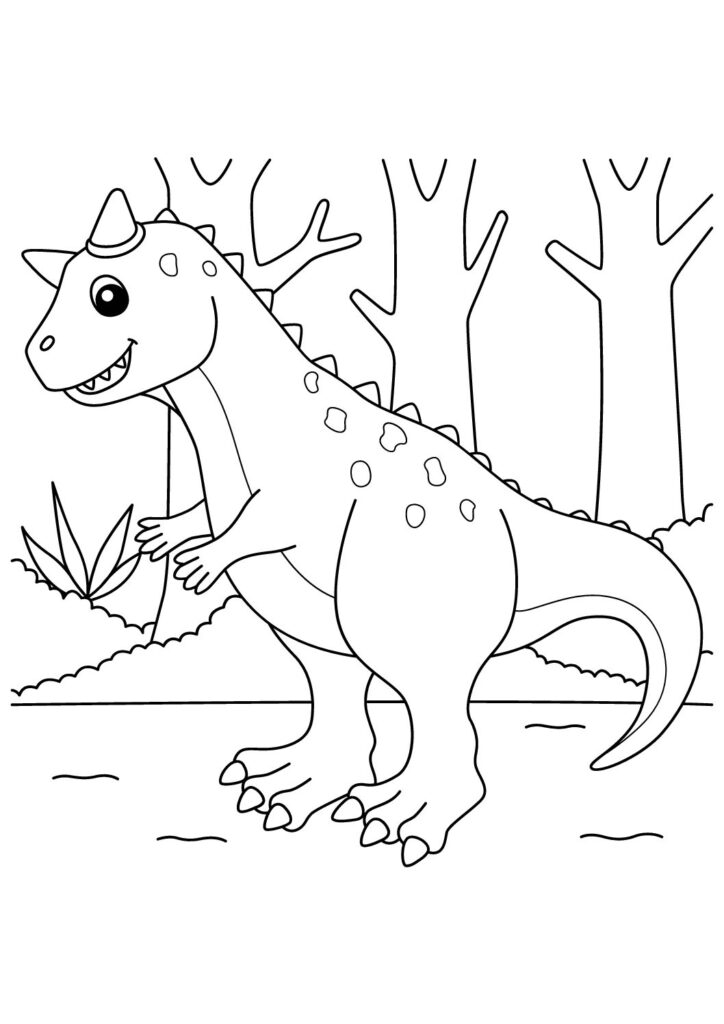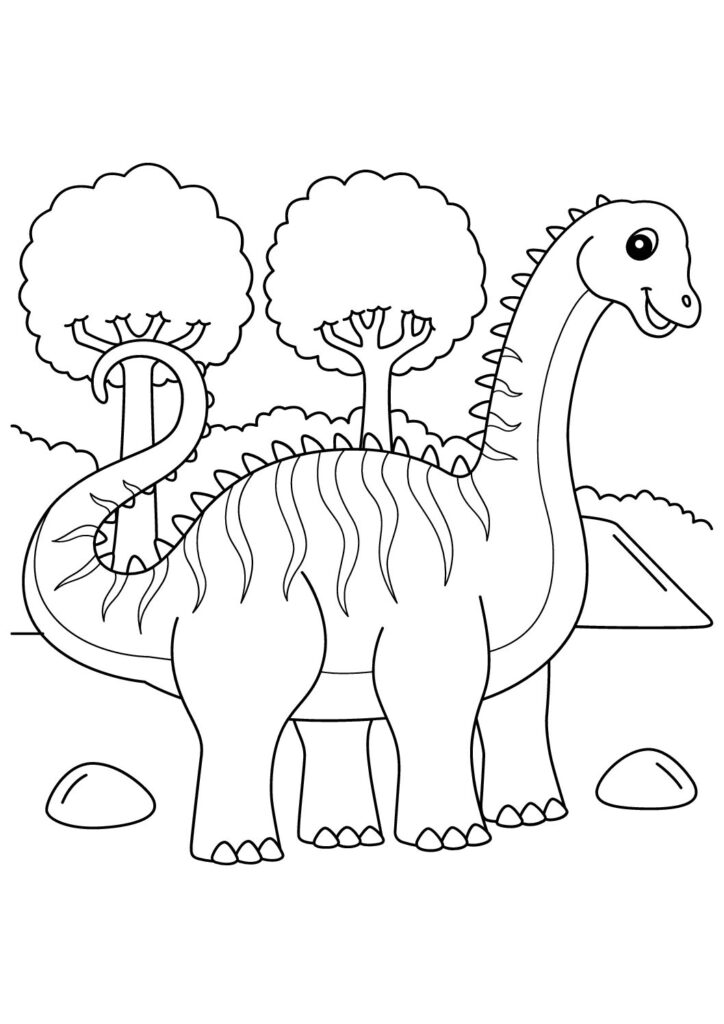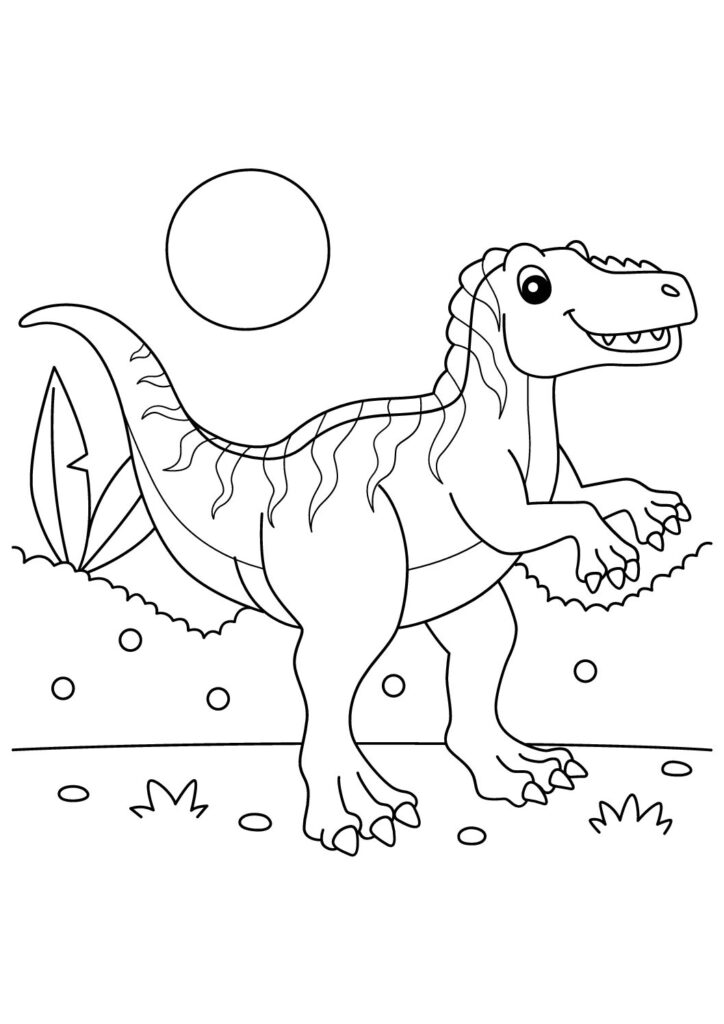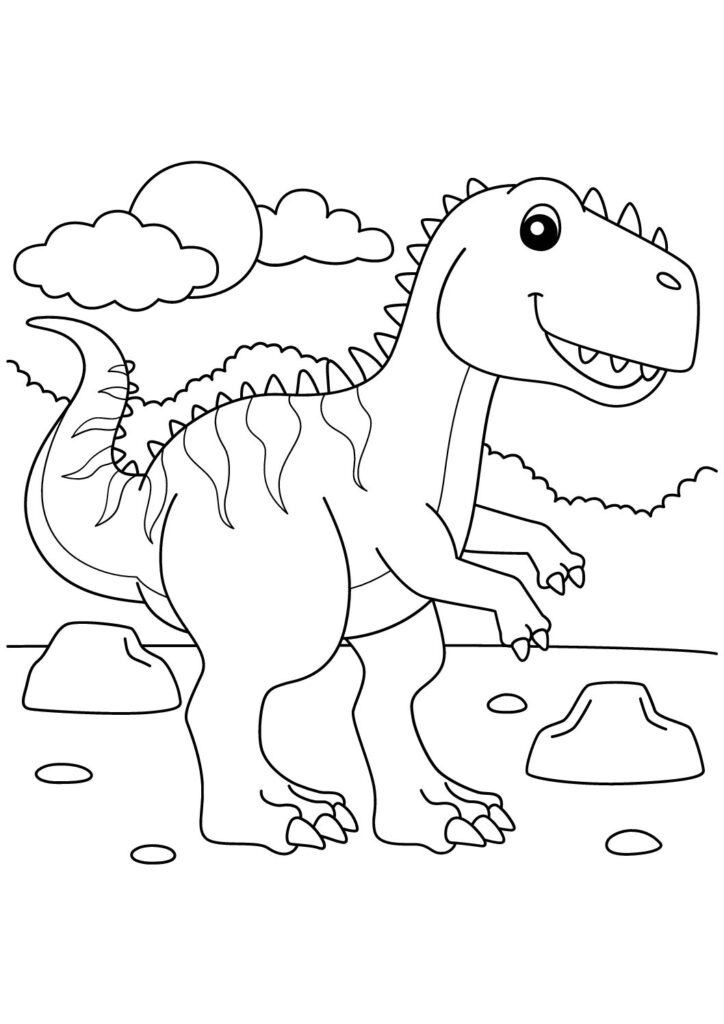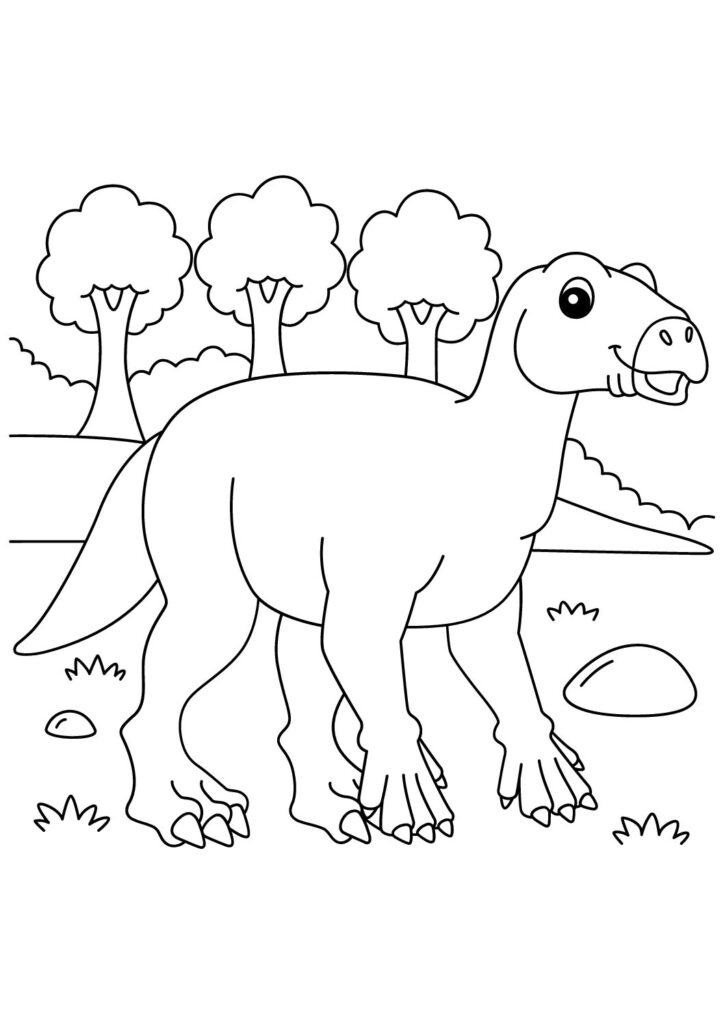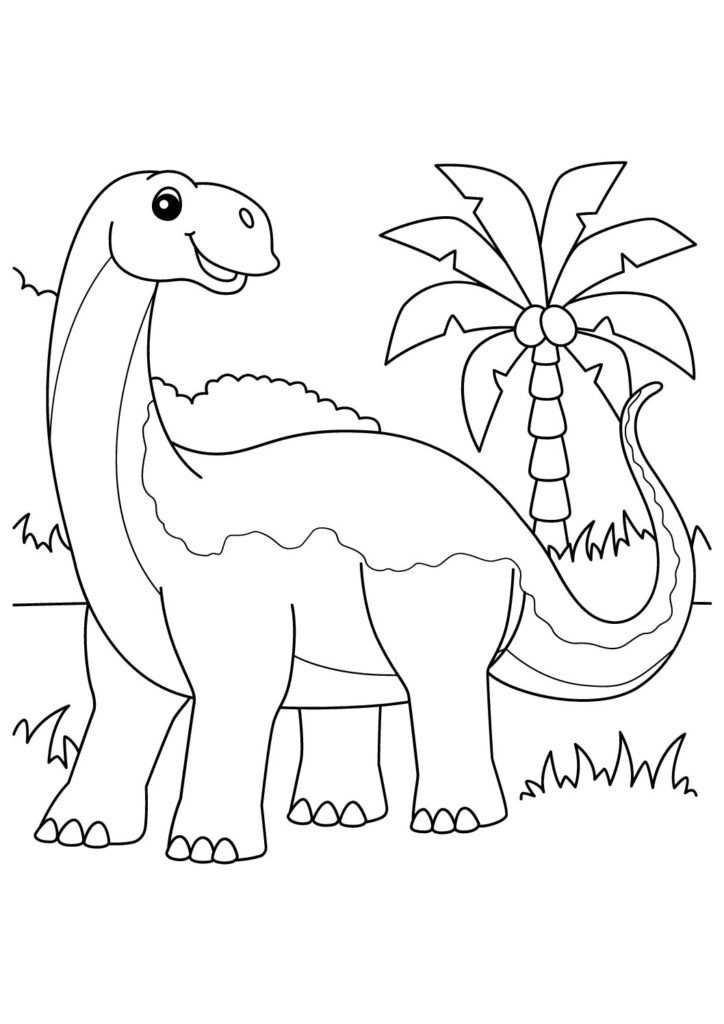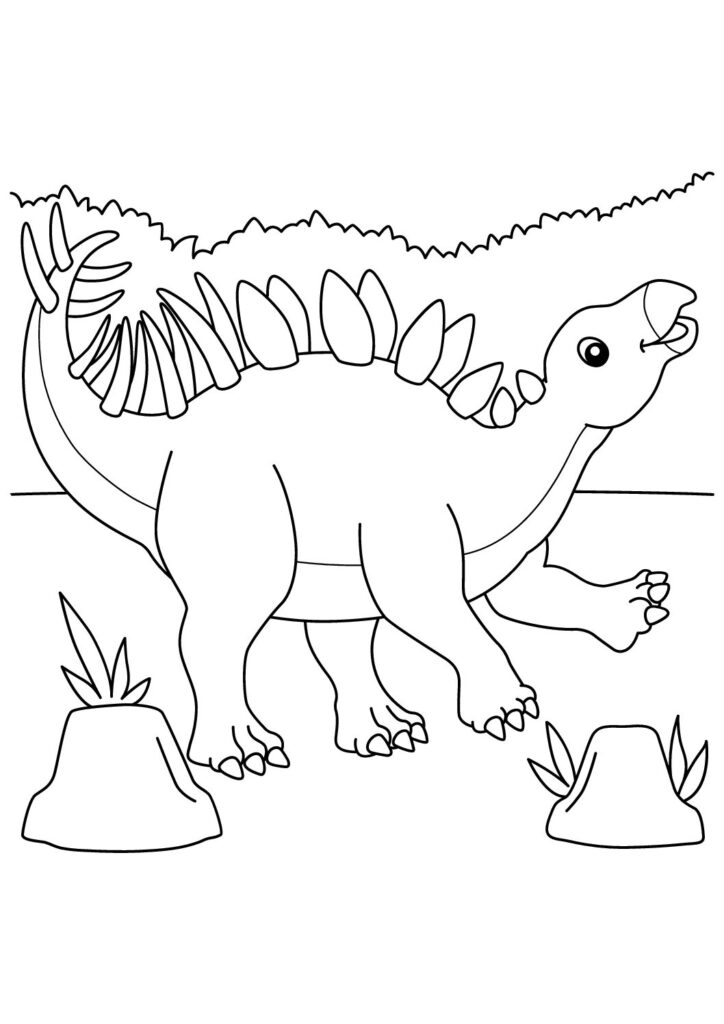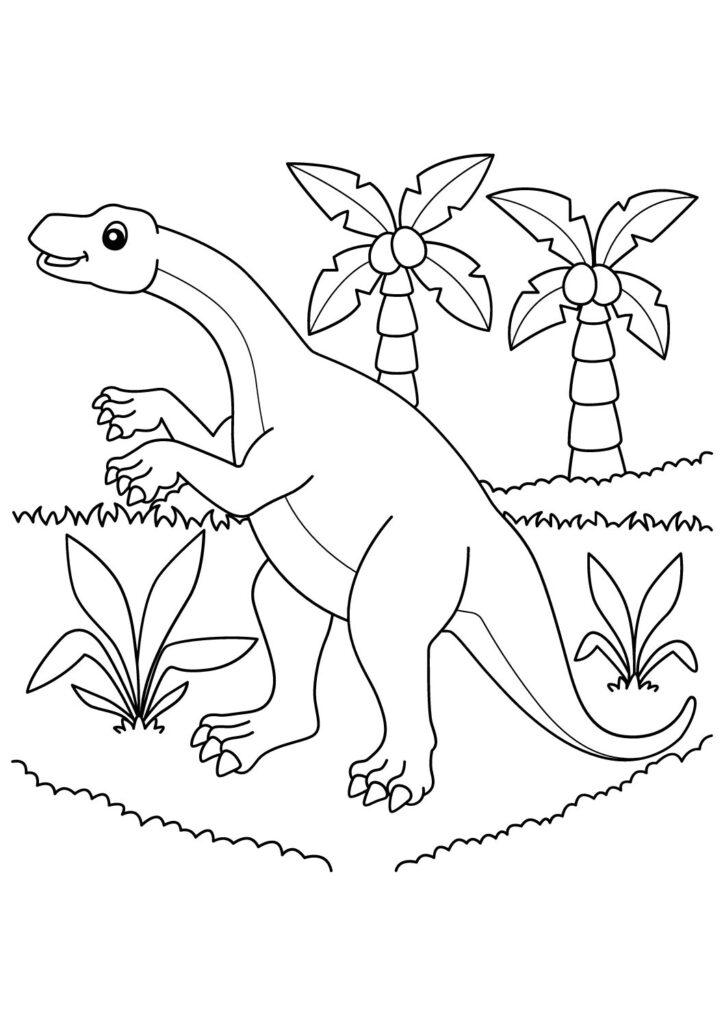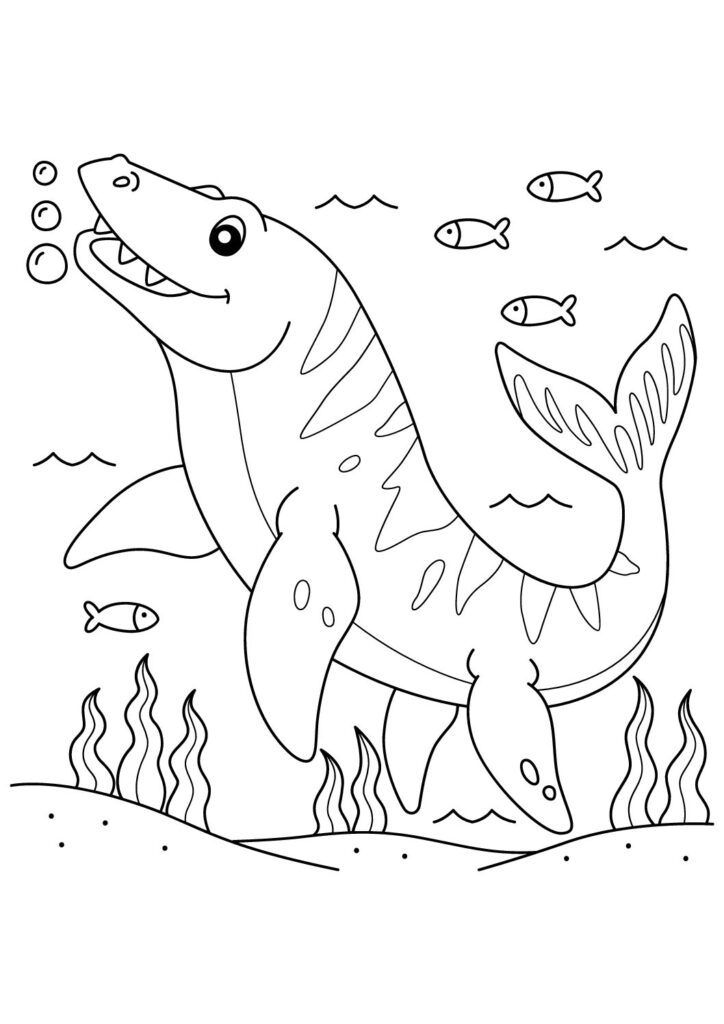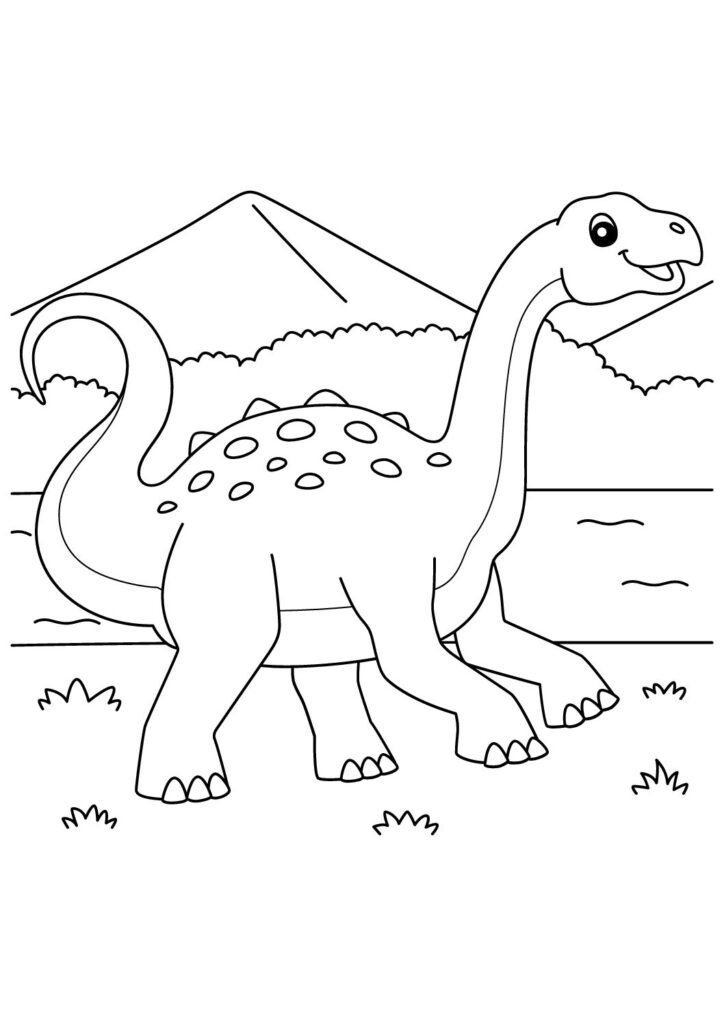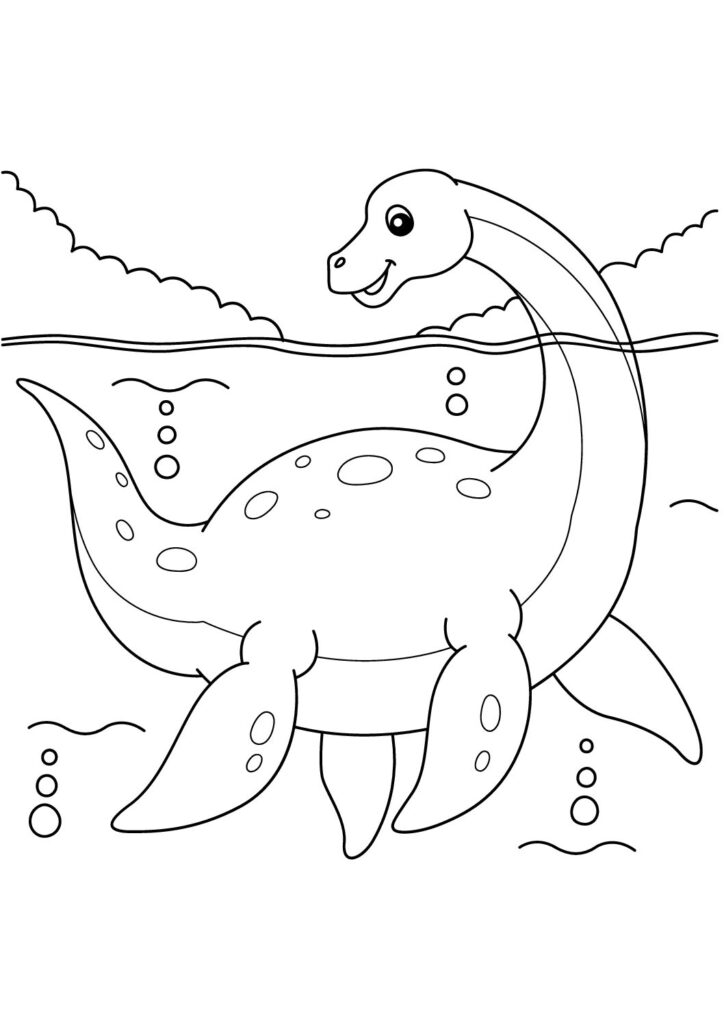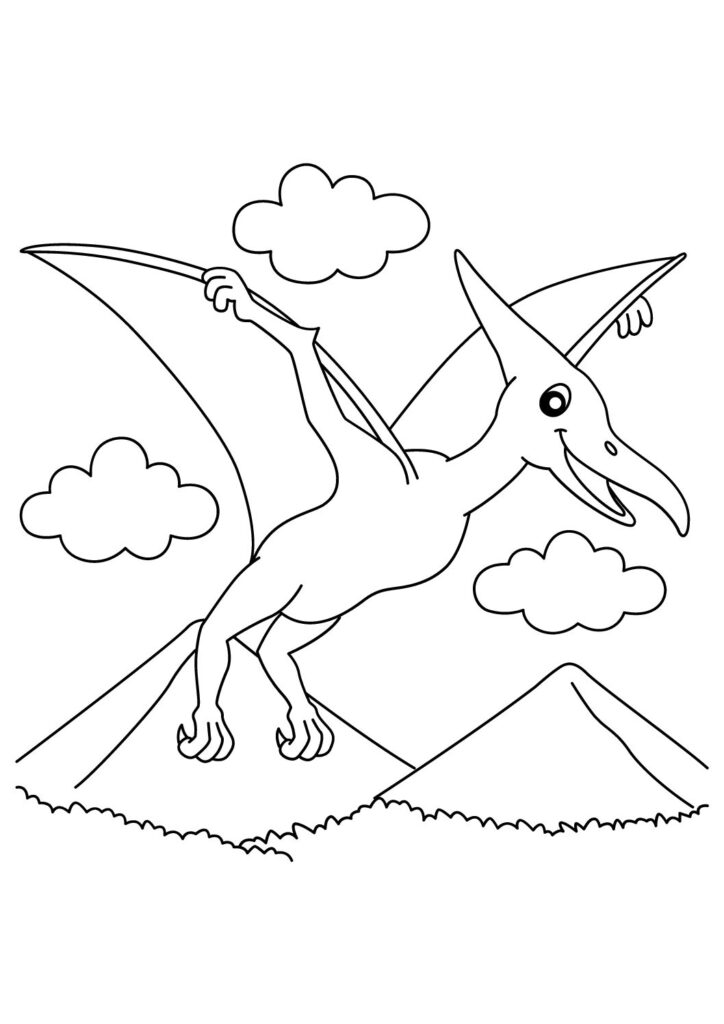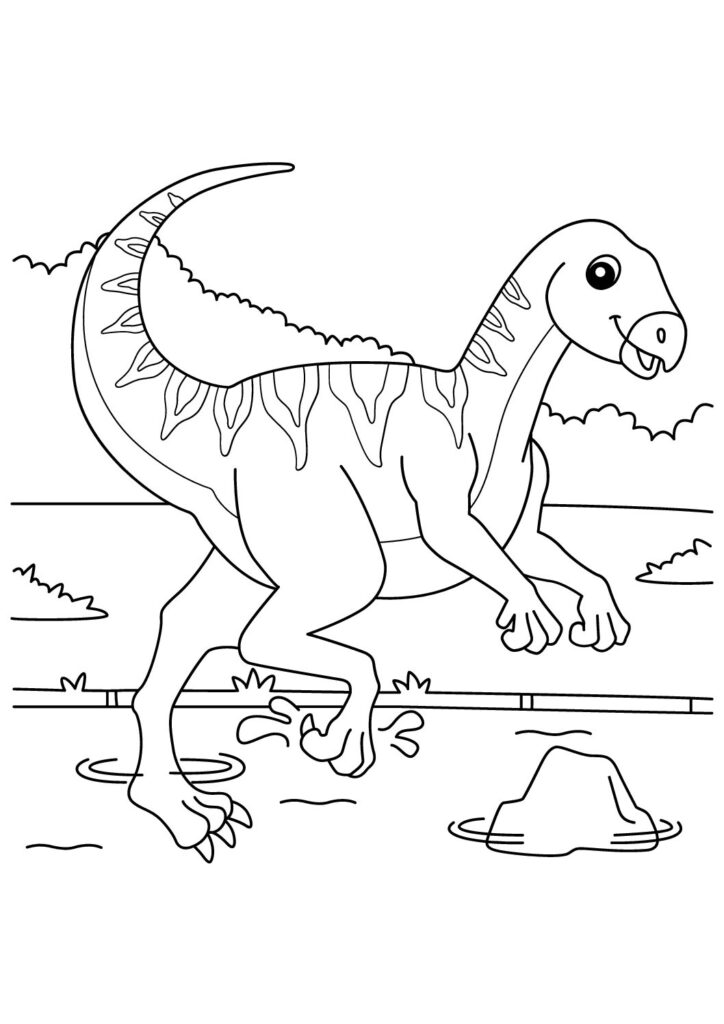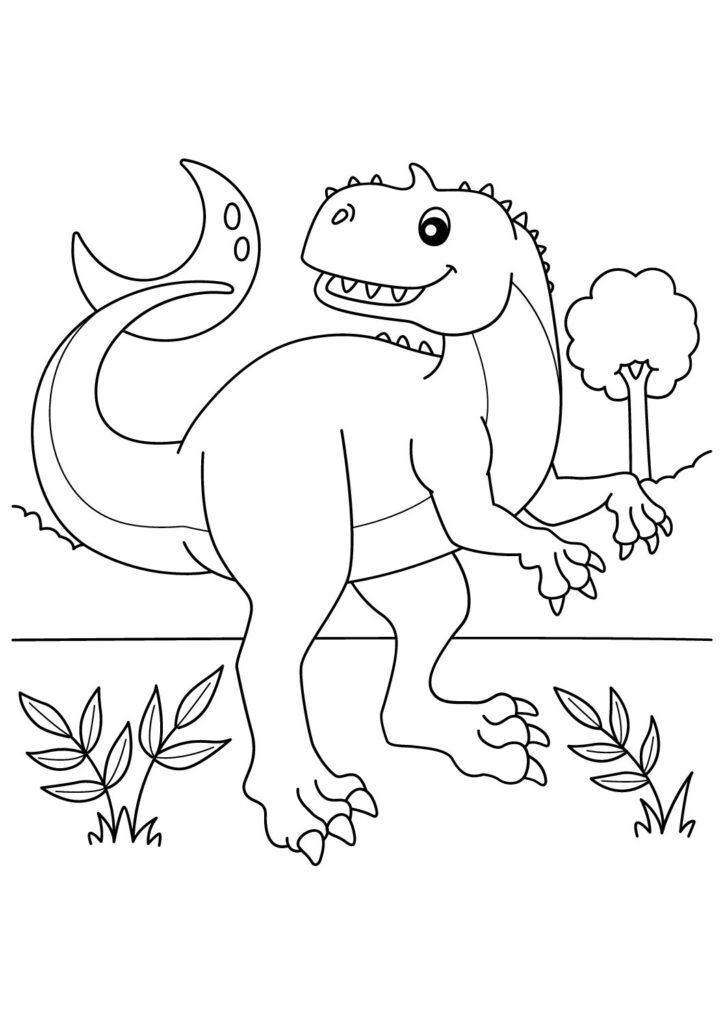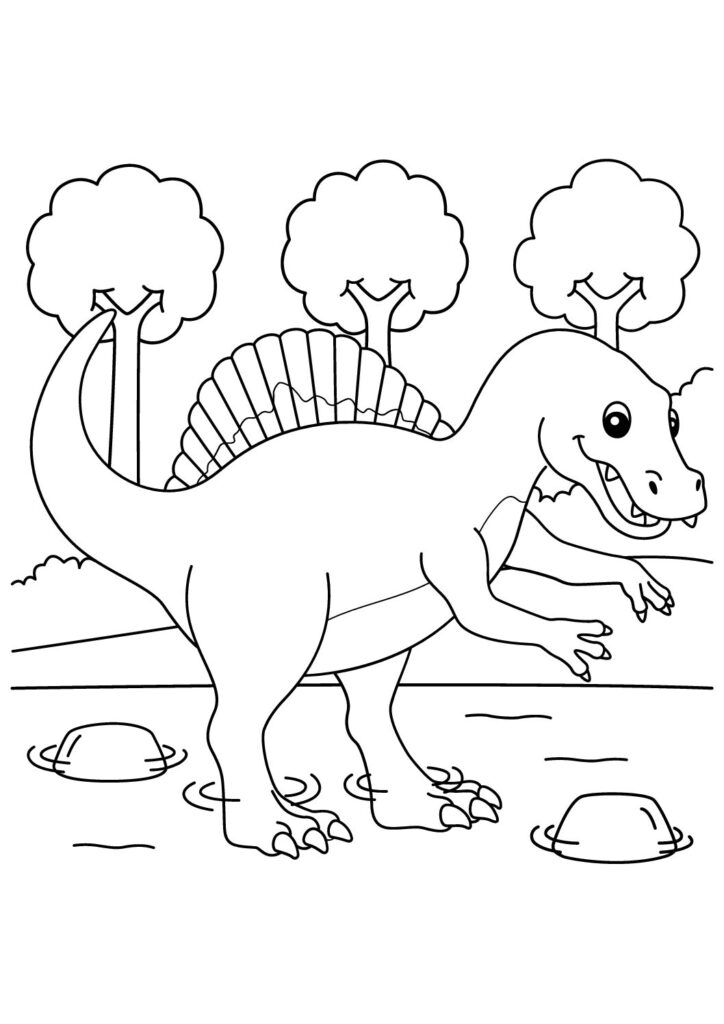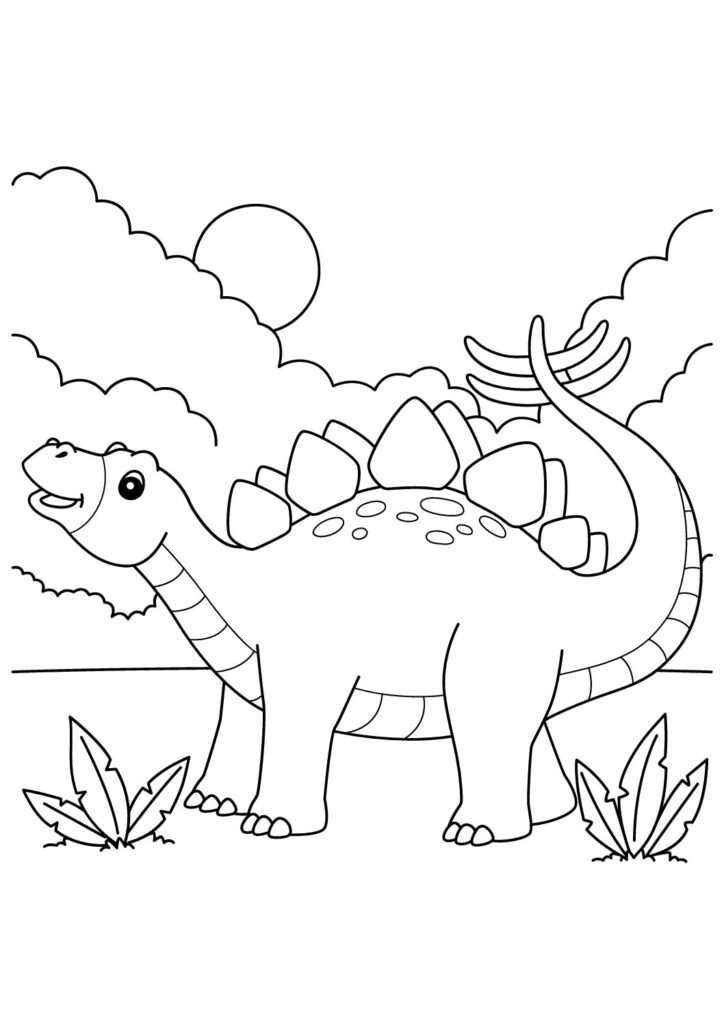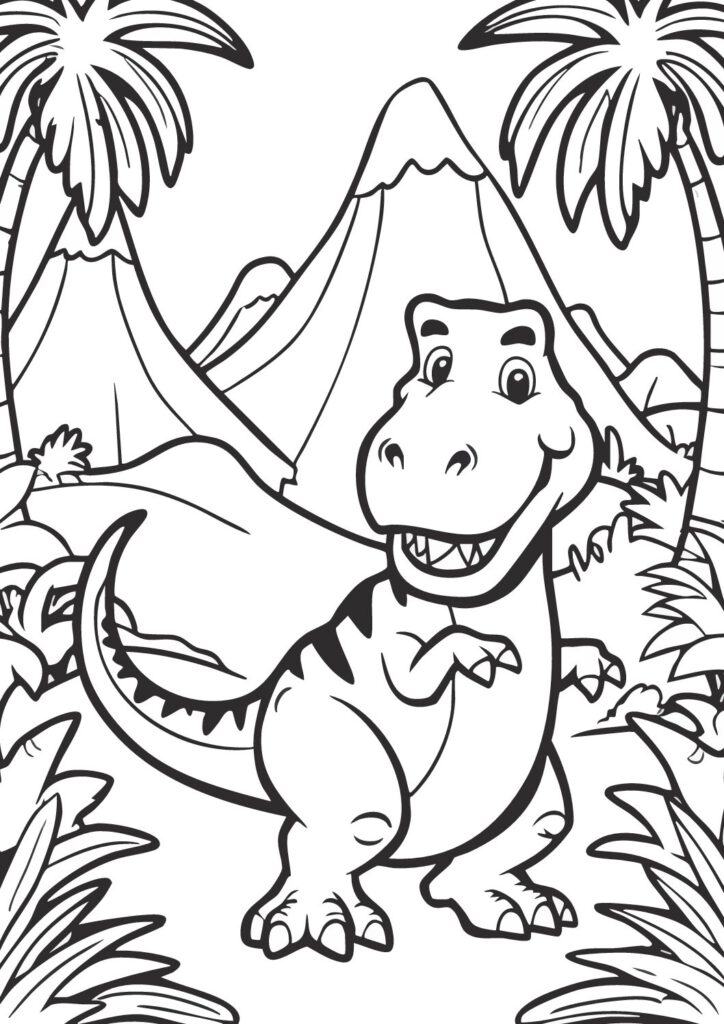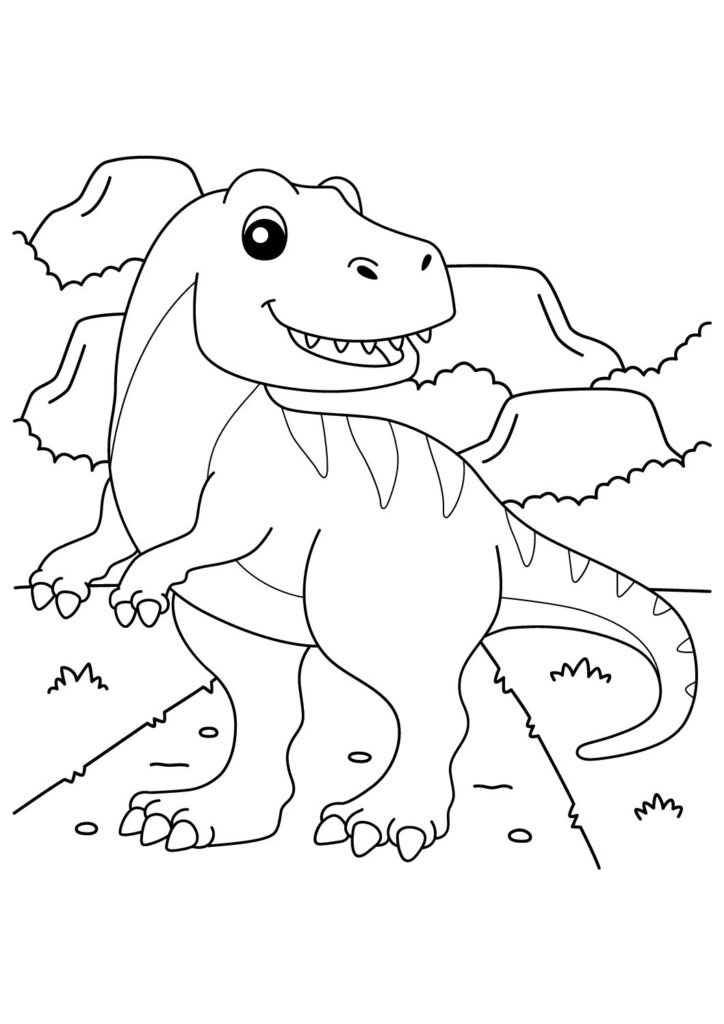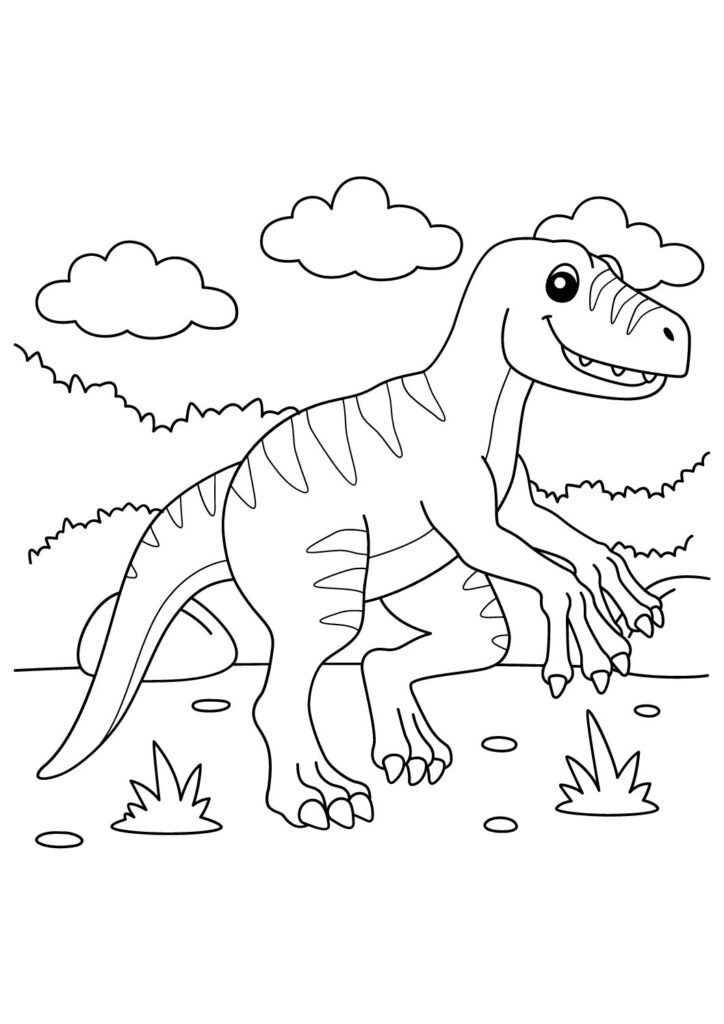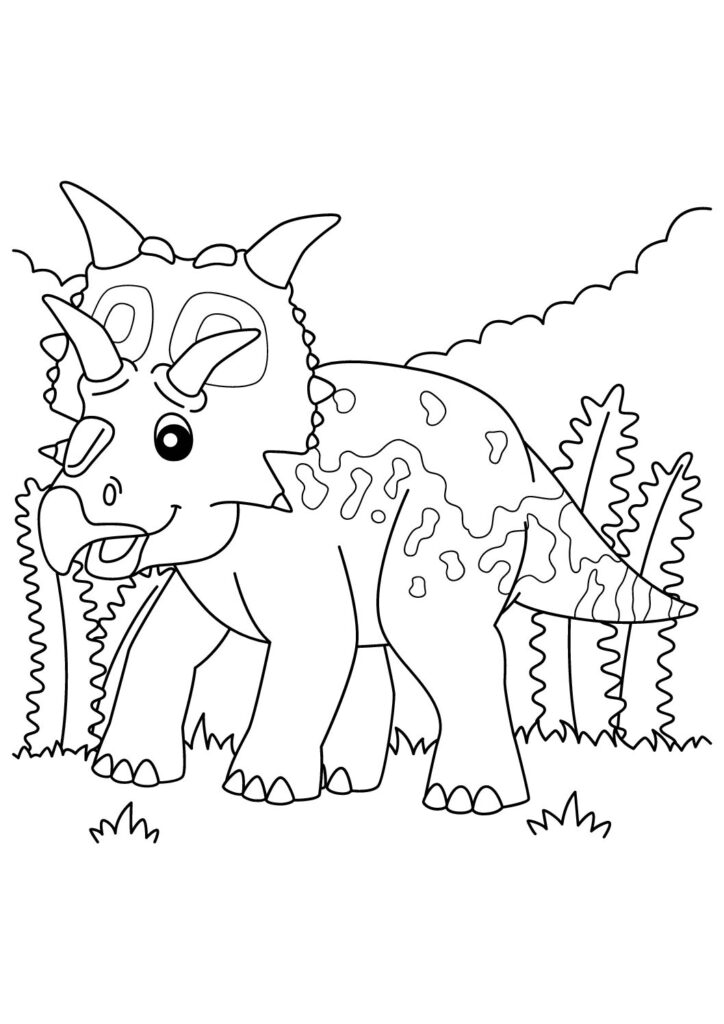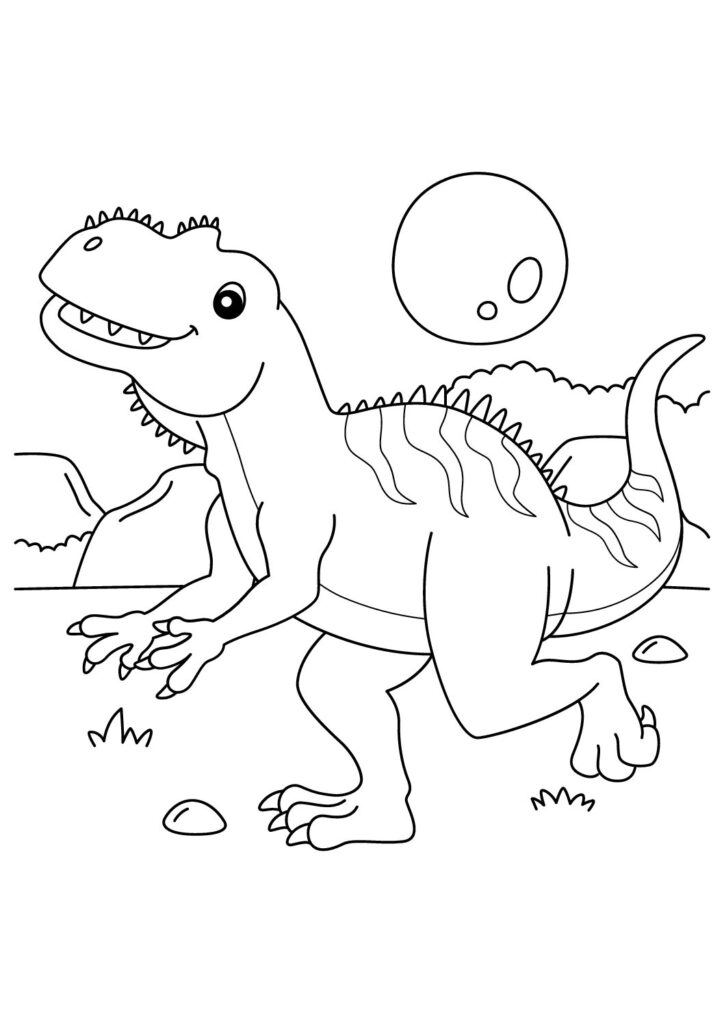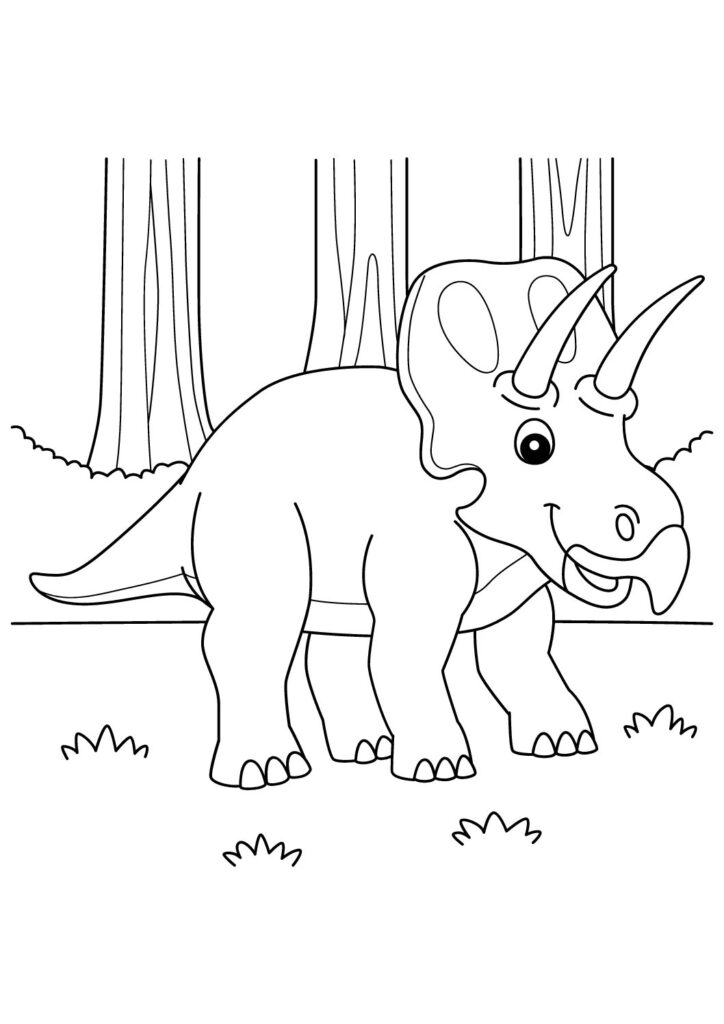1 Free Triceratops Coloring Pages for Download (Printable PDF)

Charge into our free printable collection of Triceratops coloring pages featuring these powerful horned dinosaurs in their impressive battle poses! Download these high-quality sheets showcasing these massive ceratopsians with their three distinctive horns, protective frills, and robust bodies displaying their incredible defensive features. Perfect for kids and dinosaur enthusiasts, these detailed prehistoric coloring pages capture the mighty nature of these plant-eating creatures known for being one of the last and largest horned dinosaurs. Each printable sheet brings these amazing Late Cretaceous warriors to life, highlighting their sharp horns, dramatic neck frills, and powerful beaked faces!
Magnificent Triceratops Facts: The Complete Guide to the Three-Horned Dinosaur Giant
Introduction
Triceratops represents one of dinosaur history’s most recognizable and beloved species, roaming western North America during the very late Cretaceous period approximately 68-66 million years ago. This massive horned herbivore, whose name means “three-horned face,” lived alongside Tyrannosaurus rex during the final stages of dinosaur evolution, with its impressive size, distinctive three-horned skull, and massive neck frill making it one of the most formidable and easily identifiable dinosaurs ever discovered.
Impressive Dimensions
Adult Triceratops reached lengths of 25-30 feet, stood approximately 9-10 feet tall, and weighed an estimated 12,000-16,000 pounds—comparable to a modern elephant. Its most distinctive feature—the skull—could measure over 8 feet long (nearly one-third of its total body length), making it proportionally one of the largest skulls of any land animal that ever lived, with the impressive frill and horns creating one of paleontology’s most recognizable profiles.
Defensive Weaponry
Triceratops possessed three prominent facial horns—two massive brow horns that could exceed 3 feet in length and a shorter nasal horn positioned above its beak-like mouth. These formidable weapons, combined with its massive size and powerful build, provided effective defense against Tyrannosaurus rex, with fossil evidence showing some Triceratops survived horn injuries that subsequently healed, demonstrating they actively used these structures in combat and survived predatory encounters.
Magnificent Frill
The distinctive neck frill extending from the back of Triceratops’s skull represented one of dinosaur evolution’s most specialized structures, potentially serving multiple functions including species recognition, dominance display, and thermoregulation. Unlike some related ceratopsians with openings (fenestrae) in their frills, Triceratops featured a solid frill reinforced with a veneer of skin and keratin, making it more effective as defensive protection against predator attacks.
Growth and Development
Recent research has revealed significant changes in Triceratops appearance throughout its life cycle, with juveniles featuring shorter, straighter horns and smaller, less developed frills that transformed dramatically as they matured. These ontogenetic changes were so substantial that some specimens were initially classified as different species (like “Torosaurus”) before comprehensive analysis determined they actually represented mature Triceratops individuals, demonstrating how growth patterns can complicate dinosaur taxonomy.
Feeding Adaptations
Triceratops possessed a specialized feeding apparatus including a sharp, parrot-like beak for cropping vegetation and batteries of teeth forming continuous cutting surfaces for processing tough plant material. These dental batteries contained hundreds of teeth stacked in columns that continuously replaced as older teeth wore down, allowing them to process abrasive Late Cretaceous vegetation including cycads, ferns, and flowering plants that dominated their environment.
Scientific Significance
Since its first discovery in 1887, Triceratops has become one of North America’s most frequently found dinosaurs, with numerous well-preserved specimens including several nearly complete skulls providing exceptional research opportunities. This abundant fossil record allows scientists to study population variations, growth patterns, and potential sexual dimorphism in unprecedented detail, making Triceratops among the most thoroughly understood dinosaurs despite living just before the extinction event that ended the Mesozoic Era.
